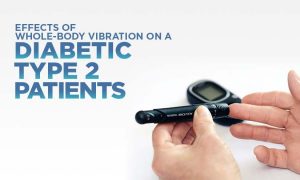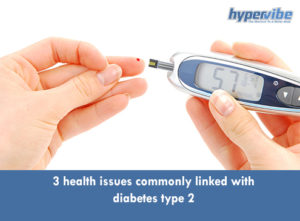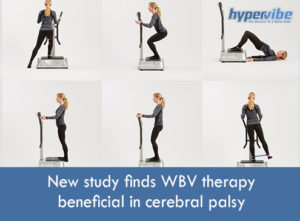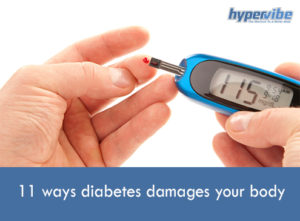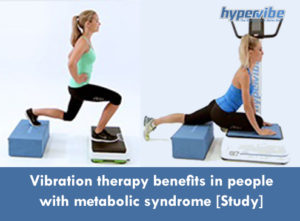WBV Proves Beneficial in Diabetic Neuropathy
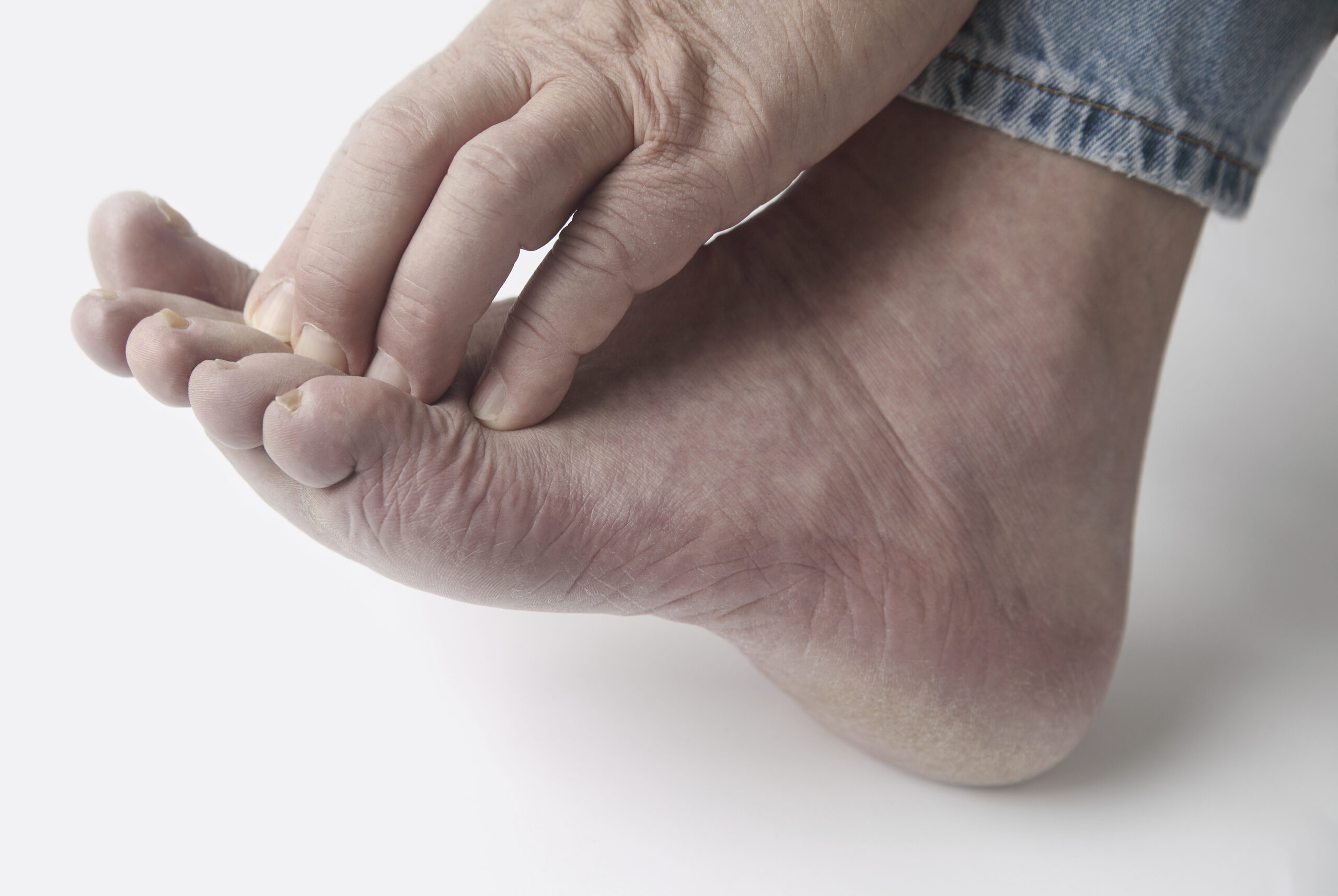
Over 60% of diabetes sufferers are affected by neuropathy, nerve disorder which commonly affects the nerves under the skin and appears in both type 1 and type 2 diabetics.
More likely to occur in people with poorly controlled blood sugar levels, high blood pressure and higher body fat percentages, neuropathy can result from damage to the nerves which detect touch and temperature (sensory neuropathy), to those that control muscle movement (motor neuropathy) or which control involuntary actions (autonomic neuropathy).
When the damaged nerves are those of feet, legs, hands or arms, the condition is called peripheral neuropathy, and can be either focal (damage of a specific nerve) or diffuse (affects several nerves that control different parts of the body).
Although the main cause of neuropathy is the elevated levels of blood glucose that remain higher than normal for a prolonged period of time, other factors – such as kidney or liver disease, high blood pressure, high triglyceride levels, smoking, alcohol use and certain medications can also contribute to diabetic neuropathy.
The purpose of treatment in this case is to correct the underlying cause of this condition and relieve the associated symptoms, and this is usually done through medications and various therapies, such as transcutaneous electrical nerve stimulation (TENS), plasma exchange or surgery.
Less painful, noninvasive treatments are also available, and these include a proper diet for keeping blood sugar levels under control and losing the extra weight (obesity can make this condition worse), giving up smoking and cutting down alcohol.
Wearing hand and foot braces to support the weak limbs and doing physical therapy can also be beneficial, but depending on the severity of this condition, exercising may not be a viable solution. Walking or practicing light physical activities is encouraged though, not only for reducing the pain but also for improving the muscle strength and glycemia.
Effects of Whole Body Vibration in diabetic neuropathy
According to a study published in the Journal of Diabetes Science and Technology, whole body vibration can be a potential non-pharmacological therapy for neurovascular complications in diabetes sufferers. The study analyzed the effects of low-frequency, low-amplitude vibration on the skin blood flow (SBF) and on the nitric oxide (NO) concentration, showing that WBV increases the blood flow in patients with diabetes.
10 diabetic people participated in this study, all of them having impaired sensory perception in the lower limbs due to their condition. To test the effectiveness of whole body vibration therapy, all patients received 2 different treatments, WBV and sham, with a 1-week washout period between the two therapies.
Although the NO concentrations did not differ between the two treatments 5 minutes post treatment, the WBV sessions significantly increased the blood flow compared to the sham therapy.
If you’re a diabetes sufferer who uses WBV therapy, we’d like to hear your story! Join our Facebook community and share your thoughts with us!






